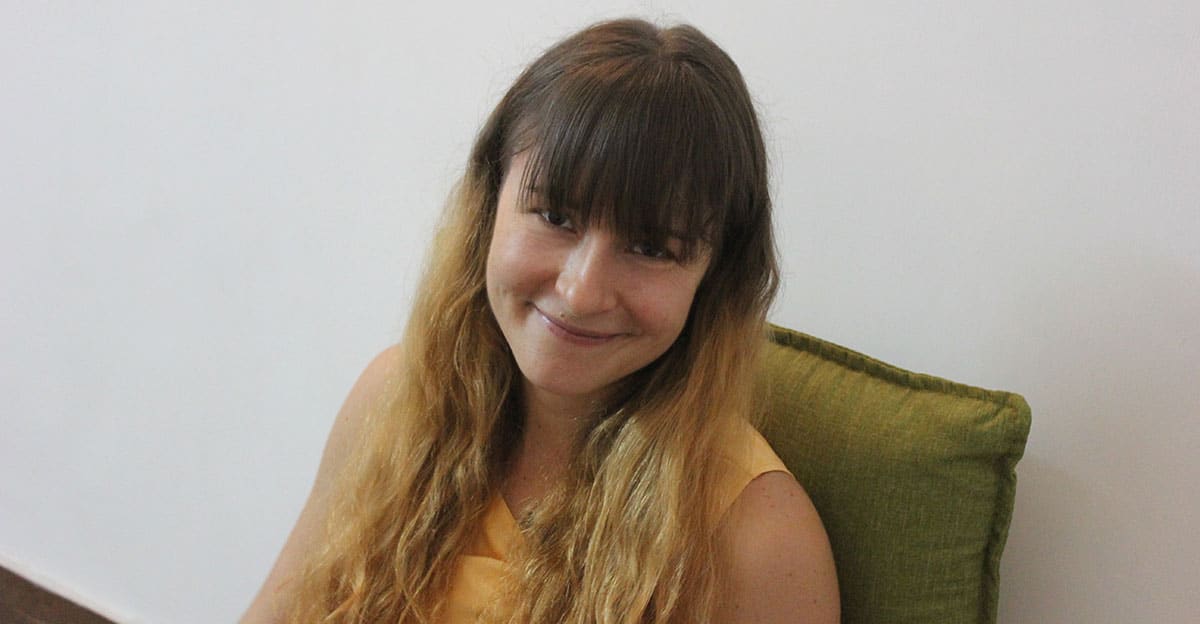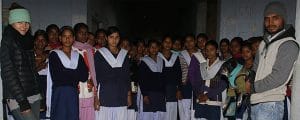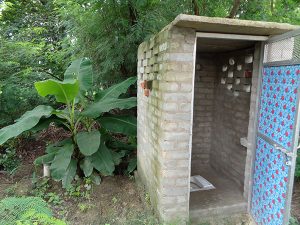Expats
Expat Voice: Answering the Call

Marta Vanduzer-Snow, an expat from the United States, has built 143 eco-toilets and electrified homes in UP villages.
“Four years ago, I surveyed a village in Jagatpur, Uttar Pradesh, and asked every house what they want for their homes and their communities, and almost everyone answered toilets. That’s how I started working on sanitation projects in India,” says 36-year-old Marta Vanduzer-Snow, a Ph.D. student at Rutgers University, New Jersey.
Vanduzer-Snow first arrived in India in 2004 and spent four months every year in India over the next five years working on a book project with the Observer Research Foundation (ORF) in New Delhi. She also volunteered for the Rajiv Gandhi Mahila Vikas Pariyojna (RGMVP).
Her volunteer work led her to two villages in Amethi and Rai Bareli, where she launched her sanitation project, ‘Better Village Better World’. She returned in 2012 as a Ph.D. student, and since then she has been building toilets in the two villages and volunteering at Basic Shit, a New Delhi-based NGO.

Marta Vanduzer-Snow with schoolchildren in UP
India, a Natural Choice
My time at ORF working on the book project was one of the most important and rewarding learning experiences of my life. Learning from many brilliant people there who were dedicated, hardworking men and women, was a gift. India was a natural choice since I knew I wanted to further develop an idea I have for development.
I’ve had people looking after me ever since I have been in India. It was an easy transition for me. I’ve always felt safe, protected and cared for here.
Sanitation, a Major Concern in India
I wasn’t aware of the sanitation issue before I started working on it. Only after surveying the village did I get to know that people need toilets more than any other commodity.
Residents where I work want a specific model of toilet, one that is costly with a large septic tank, requiring a lot of land. Cultural and religious causes also come into play. In the affluent villages and homes, there are many houses with toilets. In almost every village, there is at least one large brick home with a toilet. We introduced a model that addresses the users’ concern of cleaning tanks.
Eco-Toilets
We showed them different models, and they chose this model. They had a say, a stake, in what was built.
The single largest advantage of the evapotranspiration toilet is that it is self-cleaning, there is no human intervention in the tank. I believe the fact that the tank cleans itself is one reason people use our toilets. Not everyone is convinced of the model and there is not 100 per cent usage. But usage by family members and neighbors encourages others.

Toilet built by Marta Vanduzer-Snow at the Swachh Lucknow office.
Caste and Behavioral Problems
There is agreement on the problem: the unused twin-pit toilets in rural North India. But there is no consensus on the cause. We hear different sanitation actors focus on behavior and caste.
I find it strange that the same people who all use toilets that flush cite caste and behavioral problems. Caste does not affect my personal preference and I would prefer any alternative where I do not have to clean composted human waste: one less chore.
I think we disrespect the men and women of India’s villages when we judge them in these areas. I think these are causal factors and I’m not arguing to ignore them, but to see them in a larger context that includes a space for leadership and so too design. These people are all doing amazing work and they teach us so much.
In the sanitation debate, I want to explore whether we can also include design. My priority is making things that people use, things that don’t harm those same people or the environment in any way.

Promoting Usage and Building Awareness
We never lecture the people we work with. We are almost never telling people what to do. We use art, street theater, and graffiti to encourage toilet use, thanks to collaborations with Ayushya George, Khanabadosh, and BasicShit.org, respectively. This is how we approached what the CLTS (Community-Led Total Sanitation) calls triggering.
City v Rural India
In both the rural and urban space, I feel foreign every minute I am in public here. In New York City, if you’re foreign and you don’t speak you can blend in.
I manage my living on my own. Over the last few years, I slept for two months in the village and stayed in a home there. But I have to arrange a place to stay both in the village and in the city because I find myself constantly traveling to the city for work.

How an eco-toilet works.
The Expat Life
I don’t have any American friends here. I avoid the expat scene. I have a couple of foreign friends. On a day off I go out with friends and video chat with family and friends back in the United States.
All I miss is my family and friends. I visit them twice a year and will visit soon at the end of the year.
Every year I tell myself that this is the last year for me in India, but then I end up staying back because I love working in the villages, doing my job, building toilets and electrifying the houses.
The interview has been condensed and edited.
Expat Voice is regular column on expats in India. Email us at expat@littleindia.com to nominate yourself or another expat for the column.




You must be logged in to post a comment Login